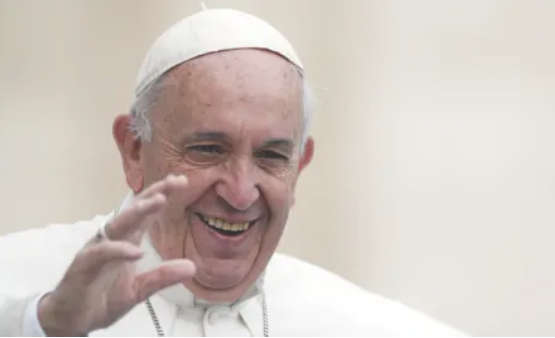
Pope Francis is dead
Pope Francis died on Easter Monday, April 21, 2025, at the age of 88.
Only cardinals under the age of 80 are eligible to vote in a conclave.
In Summary

Audio By Vocalize

The announcement of the death of Pope Francis by the Vatican
sets the stage for the choosing of the new leader of the Roman Catholic Church.
Pope Francis died at the age of 88 on Easter Monday.
Cardinal Jorge Mario Bergoglio was elected to lead the church in March 2013
after Pope Benedict XVI stood down.
After his death, the governance of the Catholic Church passes
to the College of Cardinals.
Cardinals are bishops and Vatican officials from all over
the world, personally chosen by the pope, recognisable by their distinctive red
vestments.
Following a vacancy in the papacy, the Cardinals hold a
series of meetings at the Vatican called general congregations.
They prepare for the upcoming papal election, called a
conclave. Decisions that only the pope can make, such as appointing a bishop or
convening the Synod of Bishops, must wait till after the election.
On previous occasions, they made arrangements for the
funeral and burial of the deceased pope.
In the past, 15 to 20 days after a papal vacancy, the
cardinals gathered in St. Peter's Basilica for a Mass invoking the guidance of
the Holy Spirit in electing a new pope.
Only cardinals under the age of 80 are eligible to vote in a
conclave. They are known as the cardinal electors.
The Cardinals vote by secret ballot,
processing one by one up to Michelangelo's fresco of the Last Judgment, saying
a prayer and dropping the twice-folded ballot in a large chalice.
Four rounds of balloting are taken every day until a candidate receives two-thirds of the vote.
The results of each ballot are counted aloud and recorded by three cardinals designated as recorders.
If no one receives the necessary two-thirds of the vote, the ballots
are burned in a stove near the chapel with a mixture of chemicals to produce
black smoke.
When a cardinal receives the necessary two-thirds vote, the
dean of the College of Cardinals asks him if he accepts his election.
If he accepts, he chooses a papal name and is dressed in
papal vestments before processing out to the balcony of St. Peter's Basilica.
The ballots of the final round are burned with chemicals, producing white smoke to signal to the world the election of a new pope.
The senior cardinal deacon, currently French Cardinal Dominique Mamberti, Prefect of the Supreme Tribunal of the Apostolic Signatura, announces from the balcony of St. Peter's "Habemus Papam" ("We have a pope") before the new pope processes out and imparts his blessing on the city of Rome and the entire world.

Pope Francis died on Easter Monday, April 21, 2025, at the age of 88.